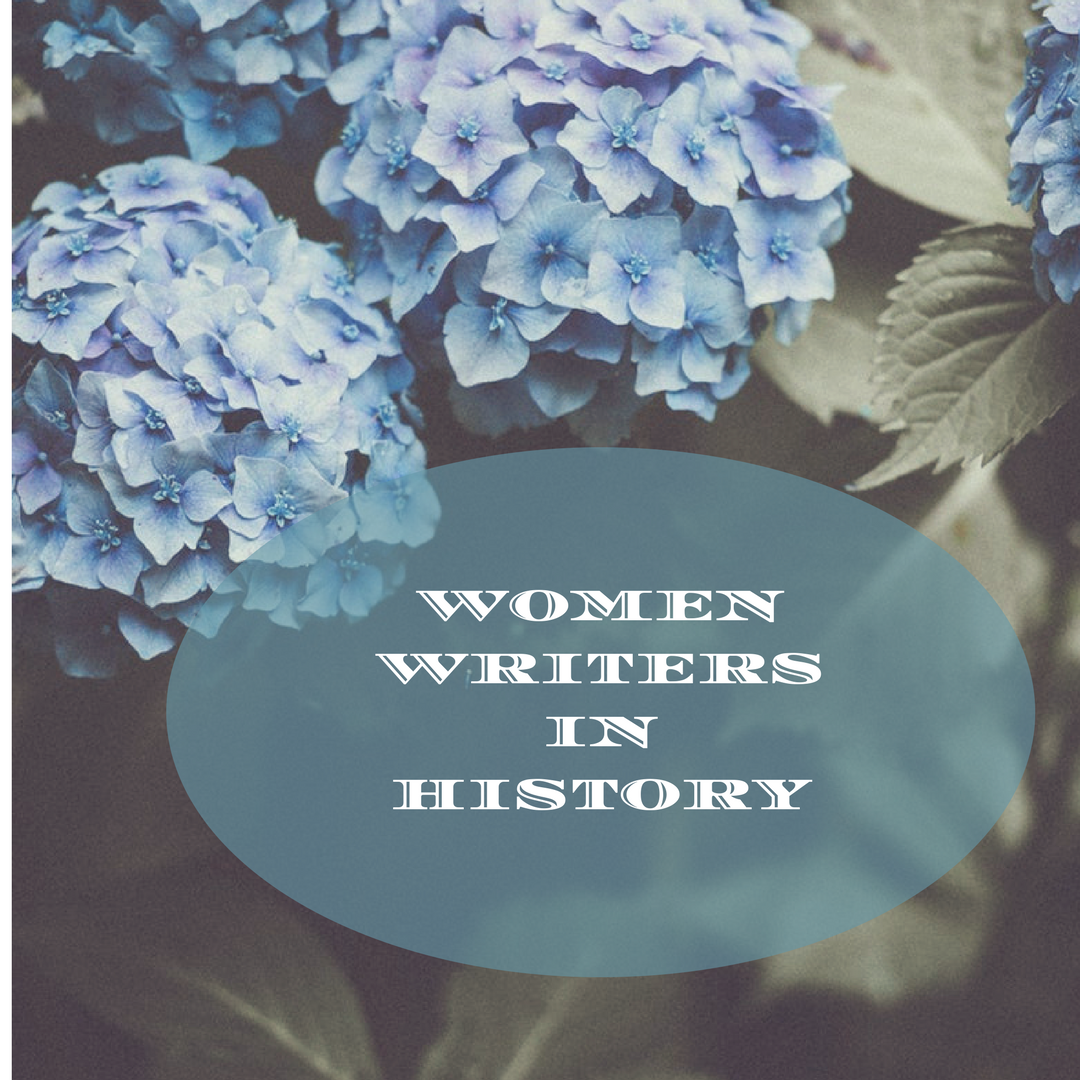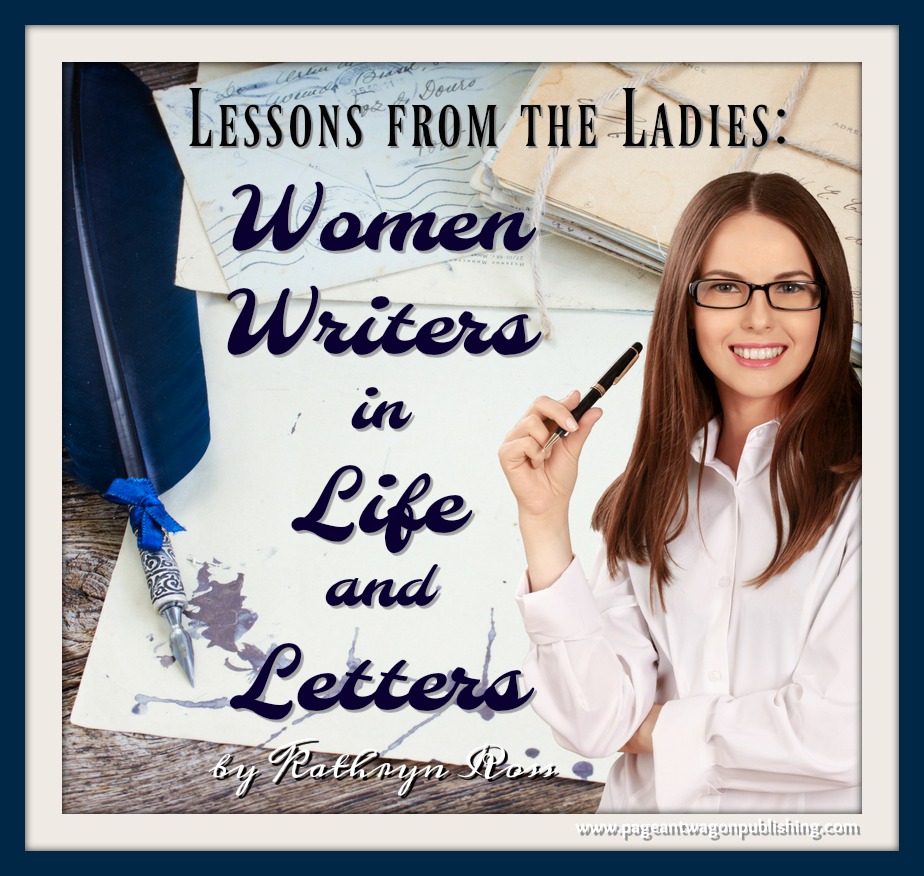
Literary Women in Histor
Beatrix Potter: Filling the Writer’s Nest with Tangible Inspiration
This is the tale of a tail—a tail that belonged to a little red squirrel, and his name was…
October 2, 2018
This is the tale of a tail—a tail that belonged to a little red squirrel, and his name was…
October 2, 2018
In last month’s post, I shared about the disturbing trend of imposing modern standards to classic works of literature…
September 2, 2018
When Benjamin Stillingfleet rejected the norms of 18th century polite society, for the graver pursuits of learning and literature—and…
January 3, 2018
The well-born lay woman . . . led a much freer and fuller life than her sister in religion.…
November 2, 2017